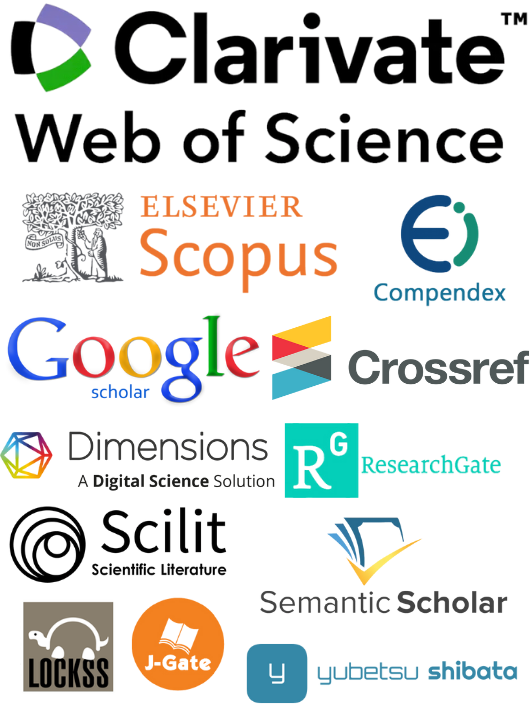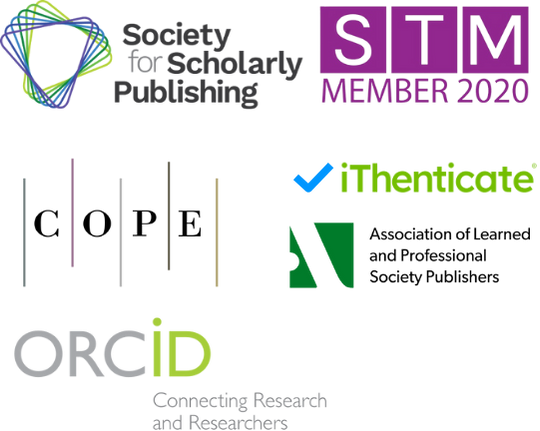Pathways to Establishing Local International Communication Hubs: A Media Framing Analysis of Sichuan International Communication Center's Overseas Social Media Matrix
DOI:
https://doi.org/10.71222/1w6qq780Keywords:
international communication hubs, media framing, social media strategy, glocalization, public diplomacyAbstract
In an era of globalization, regional actors increasingly seek to amplify their voices in international discourse. Local international communication hubs, such as the Sichuan International Communication Center (SICC), play a pivotal role in shaping cross-border narratives by leveraging digital platforms. While national-level media strategies have been widely studied, a gap remains in understanding how subnational entities construct and disseminate narratives through overseas social media. This study examines SICC's social media matrix, including Twitter, Facebook, and YouTube, to uncover the pathways through which local hubs establish global influence. The research employs media framing theory to analyze SICC's content, focusing on how Sichuan's cultural, economic, and political identity is projected to international audiences. A qualitative analysis of posts from 2020 to 2024 reveals dominant frames, such as cultural heritage promotion, economic development narratives, and crisis response messaging. The findings highlight platform-specific strategies, including hashtag campaigns on Twitter and documentary-style storytelling on YouTube, as well as audience engagement tactics like multilingual content and influencer collaborations. The study contributes to media and communication scholarship by bridging the gap between national and subnational public diplomacy research. Practically, it provides actionable insights for local governments and institutions seeking to establish effective international communication hubs. By demonstrating SICC's "glocalization" approach, balancing local uniqueness with global relevance, the research provides a replicable model for other regions seeking to enhance their soft power through digital platforms.
References
1. H. T. Vu, M. Blomberg, H. Seo, Y. Liu, F. Shayesteh, and H. V. Do, "Social media and environmental activism: Framing cli-mate change on Facebook by global NGOs," Science communication, vol. 43, no. 1, pp. 91-115, 2021. doi: 10.1177/1075547020971644.
2. S. Marschlich, and D. Ingenhoff, "The role of local news in constructing media legitimacy: How news media frames the soci-opolitical efforts of multinational corporations in host countries," Corporate Communications: An International Journal, vol. 28, no. 7, pp. 1-18, 2023. doi: 10.1108/ccij-05-2022-0050.
3. J. Li, M. He, Z. Yang, and K. W. M. Siu, "Anthropological Insights into Emotion Semantics in Intangible Cultural Heritage Museums: A Case Study of Eastern Sichuan, China," Electronics, vol. 14, no. 5, p. 891, 2025. doi: 10.3390/electronics14050891.
4. H. Yi, Y. Long, G. Yujiao, Y. Zaihong, and Z. Wei, "APP design and research based on Sichuan Intangible Cultural Heritage," In SHS Web of Conferences, 2023, p. 03026. doi: 10.1051/shsconf/202316303026.
5. J. Matthes, and M. Kohring, "The content analysis of media frames: Toward improving reliability and validity," Journal of communication, vol. 58, no. 2, pp. 258-279, 2008. doi: 10.1111/j.1460-2466.2008.00384.x.
6. O. Wasow, "Agenda seeding: How 1960s black protests moved elites, public opinion and voting," American Political Science Review, vol. 114, no. 3, pp. 638-659, 2020.
7. S. Garba, and A. E. Msughter, "Newspaper Content Analysis of 2012-2015 Ombaste Ethnic Conflict in Nasarawa State: A Framing Theory Perspective," Konfrontasi: Jurnal Kultural, Ekonomi dan Perubahan Sosial, vol. 10, no. 2, pp. 69-77, 2023.
8. A. L. Popova, M. V. Kanavtcev, E. Y. Lukyanchikov, and V. F. Averianova, "The Role of Social Media in Implementing the Concept of "Soft Power"," In International Scientific and Practical Conference Strategy of Development of Regional Ecosystems "Edu-cation-Science-Industry"(ISPCR 2021), February, 2022, pp. 374-380. doi: 10.2991/aebmr.k.220208.054.
9. S. M. A. Hussain, "Actualising soft power through cultural diplomacy: A media, education, and communication perspective," Dogo Rangsang Research Journal, vol. 13, no. 6, pp. 196-205, 2023.
10. A. L. Molder, A. Lakind, Z. E. Clemmons, and K. Chen, "Framing the global youth climate movement: A qualitative content analysis of Greta Thunberg's moral, hopeful, and motivational framing on Instagram," The International Journal of Press/Politics, vol. 27, no. 3, pp. 668-695, 2022. doi: 10.1177/19401612211055691.
11. V. Roudometof, "Communication and glocalization: media, culture, and society in the 21st century," Frontiers in Communica-tion, vol. 10, p. 1564312, 2025.
12. G. Wang, R. Frederick, J. Duan, W. B. Wong, V. Rupar, W. Li, and Q. Bai, "Detecting misinformation through framing theory: the frame element-based model," Journal of Computational Social Science, vol. 8, no. 3, p. 72, 2025.
13. O. M. Bullock, and H. C. Shulman, "Utilizing framing theory to design more effective health messages about tanning behav-ior among college women," Communication Studies, vol. 72, no. 3, pp. 319-332, 2021. doi: 10.1080/10510974.2021.1899007.
14. A. C. Klotz, B. W. Swider, and S. H. Kwon, "Back-translation practices in organizational research: Avoiding loss in transla-tion," Journal of Applied Psychology, vol. 108, no. 5, p. 699, 2023.
15. M. Kowal, "Translation practices in cross-cultural social research and guidelines for the most popular approach: Back-translation," Anthropological Review, vol. 87, no. 3, pp. 19-32, 2024. doi: 10.18778/1898-6773.87.3.02.


